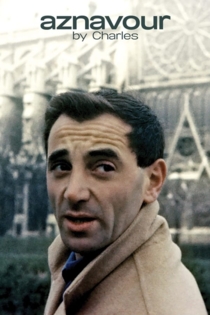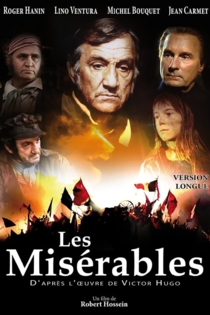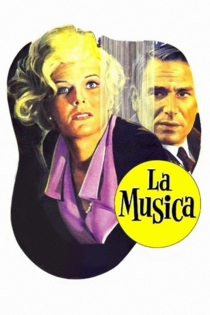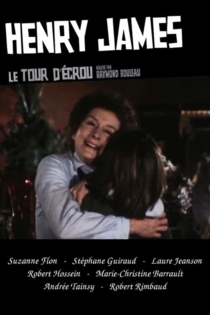
Robert Hossein
1927 - 2020Hossein started directing films in 1956 with Les salauds vont en enfer from a story by Frédéric Dard whose novels and plays went on to furnish Hossein with much of his later film material. Right from the start Hossein established his characteristic trademarks: using a seemingly straightforward suspense plot and subverting its conventions (sometimes to the extent of a complete disregard of the traditional demand for a final twist or revelation) in order to concentrate on ritualistic relationships. This is the director's running preoccupation which is always stressed in his films by an extraordinary command of film space and often striking frame compositions where the geometry of human figures and set design is used to accentuate the psychological set-up of the scene. The mechanisms of guilt and the way it destroys relationships is another recurring theme, presumably influenced by Hossein's lifelong interest in the works of Dostoyevski.
Although Hossein had some modest international successes with films like Toi, le venin and Le vampire de Dusseldorf, he was much singled out for scorching criticism by the critics and followers of the New Wave for the unashamedly melodramatic frameworks of his films. The fact that he was essentially an auteur director with a consistent set of themes and an extraordinary mastery of original and unusual approaches to staging his stories, was never appreciated. He was not averse to trying his hand at widely different genres and was never defeated, making the strikingly different spaghetti western Une corde, un Colt and the low-budgeted but daringly subversive period drama J'ai tué Raspoutine. However, because of the lack of wider success and continuing adverse criticism, Hossein virtually ended his film directing career in 1970, having concentrated on theatre where his achievements were never questioned, and subsequently returning to film directing only twice. With two or three exceptions, his films remain commercially unavailable and very difficult to see.
He is the son of André Hossein a Zoroastrian French composer of Azerbaijani-Tajik descent, and a Jewish comedy actress from Kiev. He was married three times: first to Marina Vlady (he has two sons with her, Pierre and Igor), later to Caroline Eliacheff (with whom he has a son, Nicholas). He is currently married to actress Candice Patou, with whom he has one son, Julien.
According to an article written by Emannuel Peze, Hossein experienced a conversion to Catholicism in 1971 during a visit to the Marian apparition at San Damiano in Lombardo Italy.
Description above from the Wikipedia article Robert Hossein, licensed under CC-BY-SA, full list of contributors on Wikipedia.
Antigone
Nicolas Briançon
Barbara Schulz, Robert Hossein
Having defied the ban on Creon and offered a burial to Polynice, her treacherous homeland brother, Antigone is condemned to a slow death in a stone tomb, despite the interposition of Hémon, her fiance, the son of Creon . Nevertheless, Creon ends up following the advice of his diviner Tiresias and, fearing the wrath of the gods, buries Polynices with dignity. When he is about to free Antigone, the young woman had already hanged herself. Mad with pain, Hémon commits suicide by his side.
Antigone

Du rififi chez les hommes
Jules Dassin
Jean Servais, Carl Möhner
Out of prison after a five-year stretch, jewel thief Tony turns down a quick job his friend Jo offers him, until he discovers that his old girlfriend Mado has become the lover of local gangster Pierre Grutter during Tony's absence. Expanding a minor smash-and-grab into a full-scale jewel heist, Tony and his crew appear to get away clean, but their actions after the job is completed threaten the lives of everyone involved.
Rififi

Cyrano de Bergerac
Marion Sarraut, Robert Hossein
Jean-Paul Belmondo, Béatrice Agenin
Cyrano de Bergerac is in love with his young cousin, Roxane, but does not dare to confess his love to her. It must be said that Cyrano's prominent nasal appendage attracts him constant mockery, which often forces him to defend his honor with weapons. When Roxane reveals to him that she loves the handsome Christian, a cadet of Gascony like Cyrano, the latter undertakes to take him under his protection. But the young man is cruelly lacking in spirit. It is therefore Cyrano who writes love letters to Roxane in her name, in which he expresses the ardent flame he also feels for his cousin. He even helps Christian to marry his beloved in secret. It is only years later and after having been the victim of an attack that Cyrano, on the verge of death, will finally declare his passion for her.
Cyrano de Bergerac
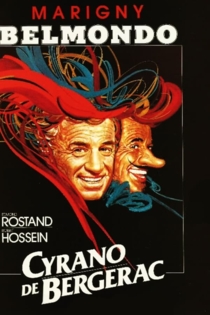
Belmondo par Belmondo
Régis Mardon
Jean-Paul Belmondo, Paul Belmondo
Jean-Paul Belmondo returns to the settings of a fantastic career, accompanied by his son Paul. Over a career spanning 50 years, Jean-Paul Belmondo’s movies drew over 130 million people into cinemas. This logbook takes us back to sets and countries, from where we can revisit the films in reference and find out about his fruitful collaborations with various directors. Paul Belmondo will lead the investigation, meeting the stars and his father’s friends (eye-witnesses all) and questioning his father about his journey, sharing it with us so we can discover the man and his story like never before.
Belmondo by Belmondo
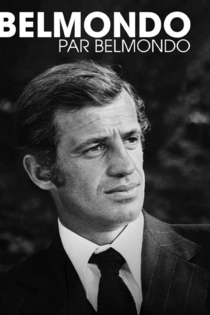
Les Miserables
Claude Lelouch
Jean-Paul Belmondo, Michel Boujenah
In France during World War II, a poor and illiterate man, Henri Fortin (Jean-Paul Belmondo), is introduced to Victor Hugo's classic novel Les Misérables and begins to see parallels between the book and his own life.
Les Miserables
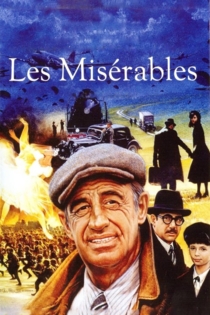
The Professional
Georges Lautner
Jean-Paul Belmondo, Robert Hossein
French secret service agent Josselin Beaumont is dispatched to take down African warlord N'Jala. But when his assignment is canceled, he's shocked to learn that his government is surrendering him to local authorities. He is given a mock trial and sentenced to 20 years of hard labor. But Beaumont escapes from prison and vows not only to avenge himself against his betrayers but also to finish his original assignment.
The Professional

Bolero: Dance of Life
Claude Lelouch
Robert Hossein, Nicole Garcia
The film follows four families, with different nationalities (French, German, Russian and American) but with the same passion for music, from the 1930s to the 1960s. The various story lines cross each other time and again in different places and times, with their own theme scores that evolve as time passes. The main event in the film is the Second World War, which throws the stories of the four musical families together and mixes their fates. Although all characters are fictional, many of them are loosely based on historical musical icons (Édith Piaf, Josephine Baker, Herbert von Karajan, Glenn Miller, Rudolf Nureyev, etc.) The Boléro dance sequence at the end brings all the threads together.
Bolero: Dance of Life
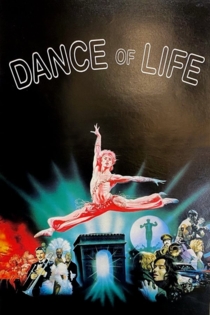
The Conspirators
Luigi Magni
Nino Manfredi, Enrico Maria Salerno
Rome, 1825. Bishop Rivarola (Tognazzi) and colonel Nardoni (Salerno) are in charge to suppress liberal revolution. Shoemaker Cornacchia (Manfredi) got the information that the liberal Filippo Spada (Ekland) is a spy and is going to denounce his revolutionary companions.
The Conspirators

Le Regard de Charles
Marc di Domenico
Ромен Дюри, Marie Montoya
In 1948, French singer Charles Aznavour (1924-2018) receives a Paillard Bolex, his first camera. Until 1982, he will shoot hours of footage, his filmed diary. Wherever he goes, he carries his camera with him. He films his life and lives as he films: places, moments, friends, loves, misfortunes.
Aznavour by Charles
